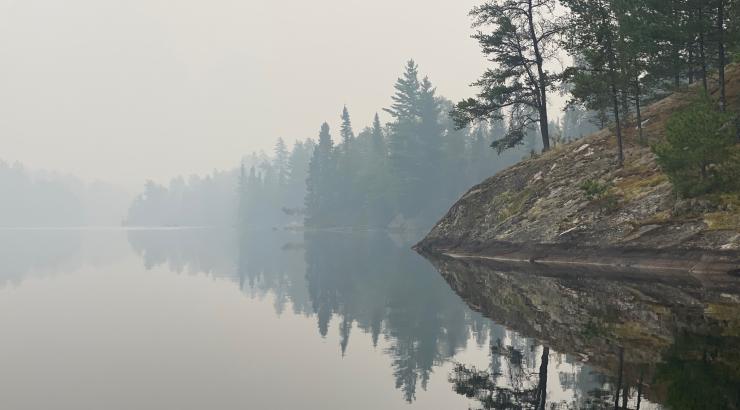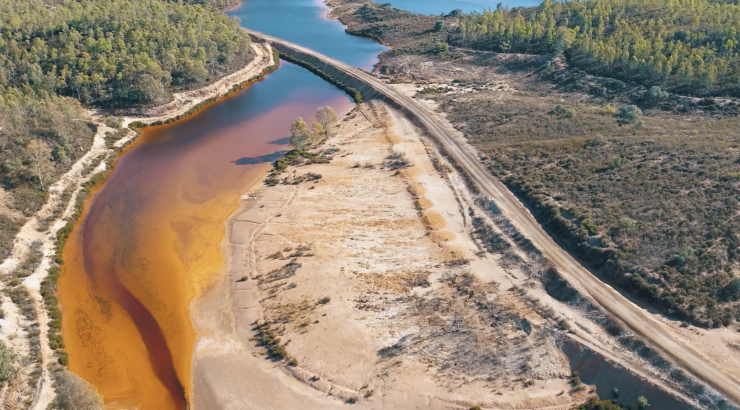A new report has detailed the failure of five major hardrock mines in Alaska, two of which Twin Metals points to as “model mines.” And to no one’s surprise, these mines spilled far more than predicted.
The report, published by a group of tribal and conservation organizations, outlines how 5 major Alaska mines have been more accident-prone than reviews anticipated. The mines, including the Twin Metals-favorite Pogo and Greens Creek mines, have exacted a massive environmental toll — spilling 8,150 times in the past 25 years. That amounted to an astounding 326 spills per year.
This shows that mining companies consistently underestimate how much, how often, and by what means they will pollute the surrounding environment. A vast majority of spills were not transportation-related, a factor most reviews didn’t incorporate. The risk of on-site accidents at these mines makes clear the irreversible damage a hazardous sulfide-ore copper mine near the Boundary Waters could cause to the greater Quetico-Superior ecosystem.
Twin Metals has pointed to the Pogo and Greens Creek mines as “successful” dry-stack mining projects. However, this report underlines what we already know: There is no such thing as a safe copper mine. Placing the proposed mine at the edge of the Boundary Waters is an unacceptable risk, especially due to the likelihood it will out-pollute expectations.
The best way to protect the Boundary Waters from a risky copper-nickel mine remains an Act of Congress. In Rep. McCollum’s Boundary Waters Protection and Pollution Prevention Act (HR 2794), we have a golden opportunity to protect the Boundary Waters for generations to come.
We must continue to speak loudly for the Boundary Waters to ensure its permanent protection from the threats of sulfide-ore copper mining. Take action today by supporting HR 2794 or signing up as a volunteer for the Campaign to Save the Boundary Waters.


